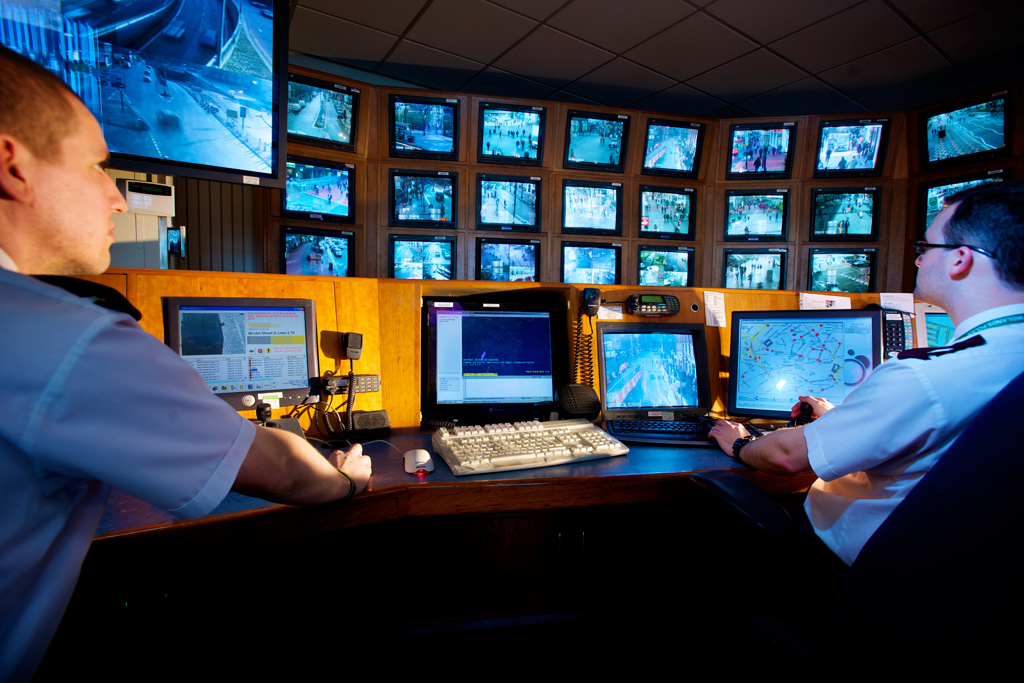Detection and Identification of Forgeries in Digital Images
A method for detecting and identifying digitally altered images to help detect forgeries to protect the status of digital images as evidence in our lives.
Digital visual media has become a principle means of communication. As such this media now represents a common source of evidence in both everyday life and legal matters. However, due to the ease with which digital media can be acquired, distributed, and stored, there also lies potential for that media to be doctored or forged. The proliferation of low-cost, user-friendly editing tools has allowed for the art of tampering and counterfeiting to grow. Almost anyone can now easily access and modify an image’s content and alter its meaning without leaving visually detectable traces. These editing tools have created a need for exposing malicious image manipulation so that the status of photographs as definitive records of events, especially when presented as documentary or legal evidence, can no longer be challenged.
 Source: West Midlands Police, https://www.flickr.com/photos/westmidlandspolice/6727856579, CC BY-SA 2.0.
Source: West Midlands Police, https://www.flickr.com/photos/westmidlandspolice/6727856579, CC BY-SA 2.0.
- Allows for detection of rotated, scaled, or any affine-transformed duplicated regions, which are the most common forms of forgeries in digital images.
- Identifies the precise location and extent of duplicated regions in digital images to show where tampering has occurred.
By providing statistical representations for digital images there is potential for this technology to have far-reaching impacts, including:
- Detection and identification of forgeries in digital images.
- A better understanding of biological vision.
- New tools to compress images for faster transmission.
- New ways to restore corrupted and imperfect images.
- Automatic detection and recognition of objects in an image.
Due to the difficulty of obtaining useful patent protection for software in a timely and cost-effective manner, this technology is protected through copyright and restricted distribution of software code to licensed users.
A prototype is available for demonstration of the concept to interested parties.
Available for license.
- A more detailed description of this technology can be found published in the IEEE Transactions on Information Forensics and Security Journal, under the title “Region Duplication with Matching Image Features.”
- The development of this innovation was funded in part by the National Science Foundation under grant number IIS0953373.
Patent Information:
| App Type |
Country |
Serial No. |
Patent No. |
Patent Status |
File Date |
Issued Date |
Expire Date |
|